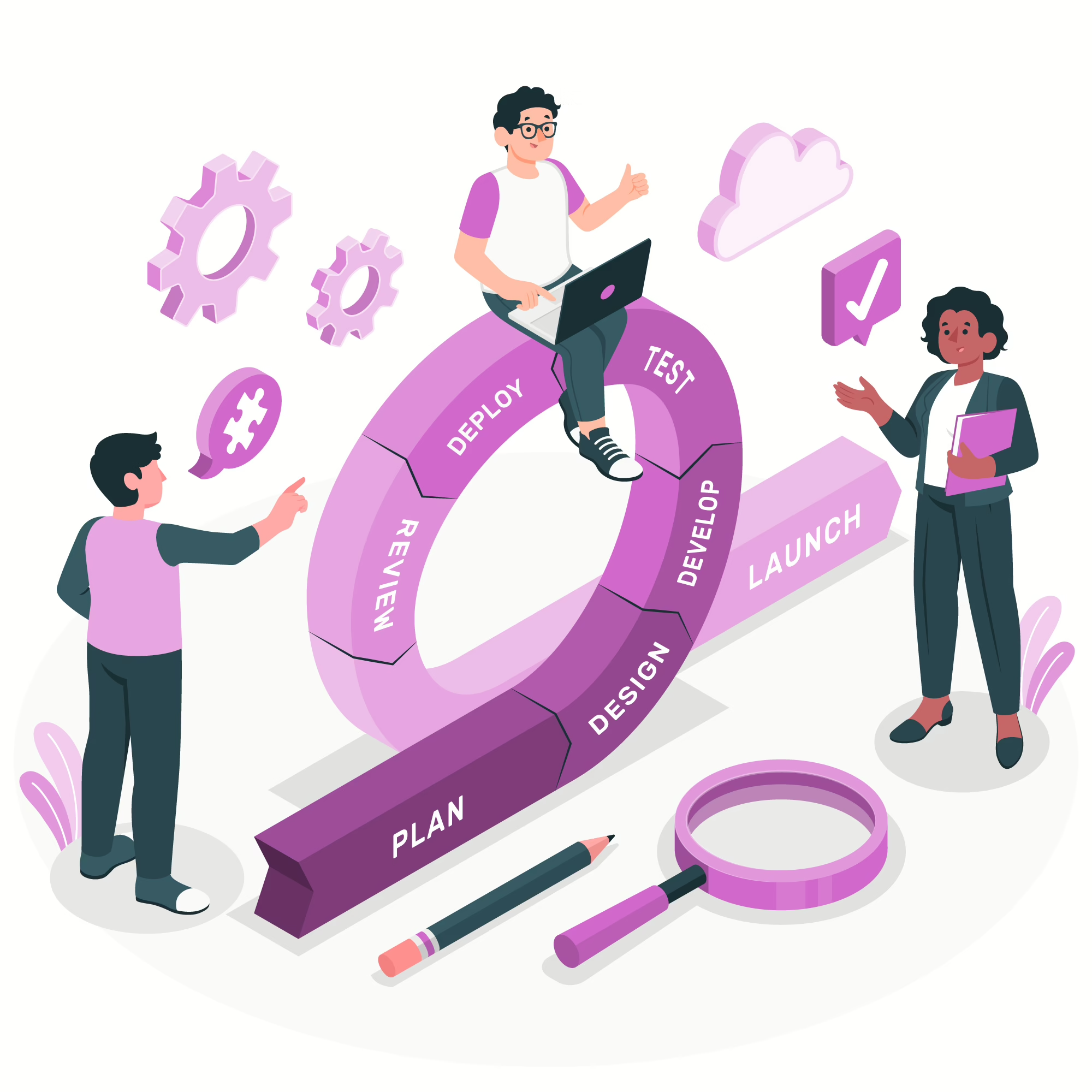Case Study > Transforming IT Service Management through Agile and Scrum Practices for an Asset Management Firm
Finance
Transforming IT Service Management through Agile and Scrum Practices for an Asset Management Firm

Focus Areas
IT Service Management (ITSM)
Agile and Scrum

Business Problem
An asset management firm was facing substantial challenges with its ITSM operations. With the Waterfall approach, the operations were inefficient, and led to delays in product delivery, operational inefficiencies, and an unhappy team and clients.
Key challenges:
Absence of Agile: The IT team was in charge of supporting the creation of new products and maintaining important systems, but they failed to establish clear responsibilities or apply an Agile approach.
Delays in service resolutions: The absence of Agile resulted in irregular project schedules and delayed service resolutions. Problems with workflow and vague expectations also led to low team morale.
Client satisfaction: The company’s capacity to introduce new goods and services for an expanding clientele was hampered by operational inefficiencies and prolonged product delivery schedules
The Approach
The Curate team was given the task of incorporating Scrum and Agile methodologies into the business’s ITSM function in order to boost productivity and expedite product delivery. They collaborated closely with external vendors and the leadership, product development, and IT teams to accomplish this.
Key components of the solution:
Phase 1: Assessment and Agile Roadmap Development
Curate’s Agile consultants held discussions with the IT and product development teams to determine inefficiencies in workflow, pinpoint pain points, and evaluate current project management methodologies. Key concerns identified throughout the assessment were:
Absence of standardized procedures for project management and work prioritization.
Minimal cross-functional cooperation between the product and IT teams.
Unclear roles and responsibilities within the IT team led to task overlap and misunderstanding.
Prolonged service resolution times and product delivery delays.
Curate’s consultants created a methodical strategy for integrating Scrum and Agile concepts into the ITSM team, with a strong focus on iterative development, ongoing feedback loops, and team role clarity.
Phase 2: Implementing the Agile and Scrum framework
The Curate team trained the IT service management team on the core ideas of iterative development, accountability, and cooperation, introducing them to Agile and Scrum approaches. The Scrum framework provided the team’s everyday operations structure, and focused on:
Sprint Planning: To make it easier for the team to establish clear and prioritized tasks, concentrate on the most important service management duties, and ensure that deliverables were finished on schedule, regular sprint planning sessions were implemented with two-week sprint cycles.
Daily Stand-ups: The Curate team led stand-up meetings every day to increase team transparency and aid in the early detection of problems. Each team member would provide an update on their work, upcoming tasks, and any problems they had encountered.
Sprint Reviews and Retrospectives: To review completed work and get input from important members, the team held review sessions at the end of each sprint. Retrospective sessions helped the team improve continuously by considering what had worked well and what may be improved for the upcoming sprint.
To ensure that everyone understood exactly what their tasks were, the Curate team also established distinct positions inside the ITSM team, such as Scrum Master, Product Owner, and Development Team Members.
Phase 3: Continuous Support and Optimization
Curate offered continuous assistance after the first Agile and Scrum implementation to make sure the ITSM team was completely aligned with the new techniques. The team also conducted coaching sessions to help managers and team leads sustain the Agile practices over the long run.
The team collaborated closely with the company’s IT leadership throughout this phase to optimize task prioritization, set success criteria, and adjust workflows to meet changing business requirements. The team also contributed to an atmosphere of accountability, collaboration, and effectiveness by constantly improving Agile procedures and making sure they were ingrained in the firm’s culture.
Phase 4: Tracking Metrics and Integrating Feedback
The Curate team set up a system to monitor key performance indicators (KPIs) pertaining to the efficiency of service management and the schedules for product delivery. A feedback loop was also put in place, which let the firm’s leadership gauge the effectiveness of Agile methods and identify areas in need of development.
Business Outcomes
Enhanced Operational Efficiency
The IT team improved efficiency by 25% by eliminating task overlap and bottlenecks through the implementation of formal sprint planning, daily stand-ups, and retrospectives. Clearly defined roles reduced misunderstandings within the team and guaranteed accountability.
Faster Service Resolution
The IT team was able to prioritize and resolve service issues in as less as 2 days instead of the previous 5, thanks to the application of Agile methods which shortened response times and decreased downtime for vital systems.
Better Product Delivery Schedules
Agile streamlined the product development process and enabled the company to launch new asset management products in as little as 4 weeks. The team was able to make quick improvements due to iterative sprints and ongoing feedback, which increased overall delivery speed and quality.
Improved Team Collaboration
The leadership, product development, and IT teams were able to work together more effectively after implementing Scrum methods. The firm was able to better satisfy client expectations because of this improved information flow.

Conclusion
The Curate team’s close collaboration with the asset management company to implement Agile and Scrum methodology successfully transformed their IT service management practices. The company was able to enhance product delivery timelines, decrease service resolution times, and boost operational efficiency by putting in place structured sprint planning, daily stand-ups, and clear role definitions. Curate assisted the company in creating a more agile and collaborative IT environment through ongoing support and optimization, which increased the reliability of its services and client satisfaction.
All Case Studies
View recent studies below or our entire library of work

Enhancing IT Infrastructure and Web Performance for an E-commerce Platform
Technology & Software Enhancing IT Infrastructure and Web Performance for an E-commerce Platform Focus Areas IT Infrastructure Modernization Web Performance Optimization Cloud Migration Business Problem

Building a governed data foundation
Curate Partners helped a leading bank modernize its data product and governance framework to enable real-time insights and enterprise reporting.

Building a single source of truth for customer data
A leading healthcare organization was operating with fragmented customer data across marketing, service, and operational systems.

Modernizing Medicare enrollment journeys
Healthcare case study Modernizing Medicare enrollment journeys A regional healthcare insurer partnered with Curate Partners to streamline enrollment workflows and deliver a seamless, member-first experience.